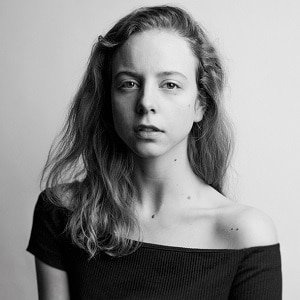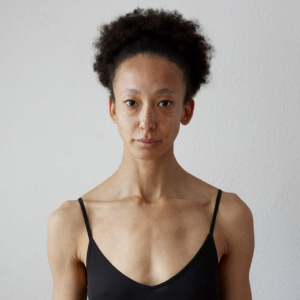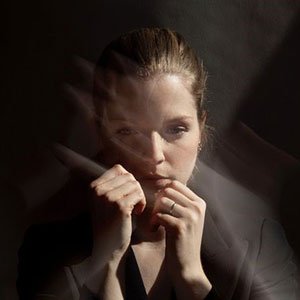Presse on ‘Sketches on Ligeti’ at Wonder Women Festival Lucca, October 2019.
Original article in Italian:
http://www.losguardodiarlecchino.it/2019/11/alla-ricerca-di-complessita/?fbclid=IwAR1IrQZwIoW6Nx6tnKNQwDlUcJUYhcks97TdDDnSUDo7Pp4F8j3vkW5wOe4
Article in English:
This is the context for Sketches on Ligeti, a show of music and dance that gives life to the first book of études by György Ligeti, composed between the eighties and early 2000. Cathy Krier plays the piano wrapped in a simple black dress that covers the whole body, her bare feet on the pedals. Elisabeth Schilling, dressed in white, dances, also barefoot. Rhythmic-melodic structures are superimposed to create a deliberately complex musical system, seemingly confusing yet incredibly ordered. The music is regularly interrupted to signal the beginning of a new theme, with which the dancer dialogues. The refinement of both the sound score and the choreography make it difficult for the observer to remember the structure of the various paintings, whose potential clarity fades into a deliberately approximate form (sketches, sketches). The first theme is characterized by movements of compression and decompression: the body is nervous. After the silence, the muscular anatomy seems to change, the body stretches and widens, then changes again, following the direction suggested by Krier. The snapping of an articulation, the crunching of the wooden floor, the breathing that becomes tiring naturally interweave in a plot that is defined little by little: the texture, the structure on which the representation is based, is stable, but within this rigidity a significant space is delegated to improvisation, and one has the impression that this is precisely what defines the meaning of the performance.
Confronting oneself with a semiotic body using a (verbal) language that is not necessarily appropriate for it creates a problem in itself. In undergoing an aesthetic experience, the most constructive attitude is perhaps to temporarily give up the need to interpret. It is the innocent vision, a sort of suspension of judgment, that allows access to knowledge that passes from emotional understanding to rational understanding. Ironically, the more words we have to talk about a work – the more “we understand”, in short – the less we manage to get involved, to strip ourselves of our proud intellectualism.
Since this is a language to which we are not very exposed, and which therefore does not seem to understand, during the vision we do not pretend to decode the gestures of the dancer: we grasp the body in all its complexity, trembling in the tension between one movement and another, apparently relaxed for a single moment, ready to react to stimuli without slipping into the automatism of muscle memory. The apparent lack of an interpretative key allows us to discover that the only interpretation worth doing is not based on verbal knowledge, but on emotional knowledge.
Recognising the contradiction, and indeed, relying on it, we close with the words of an essay of our time: “there are three kinds of intelligence: practical, emotional, and the actual kind, which is what I’m talking about” (here is the link for the curious).

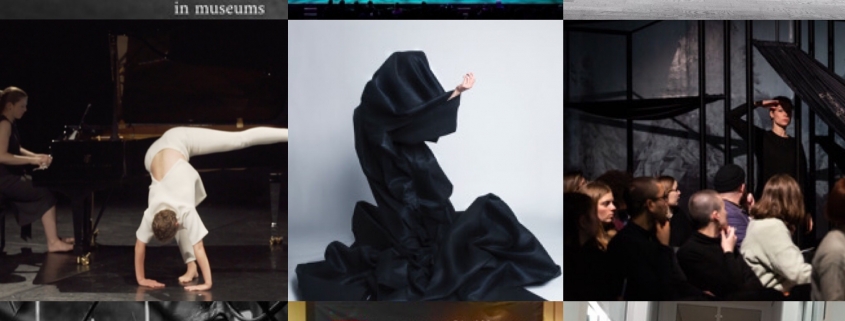


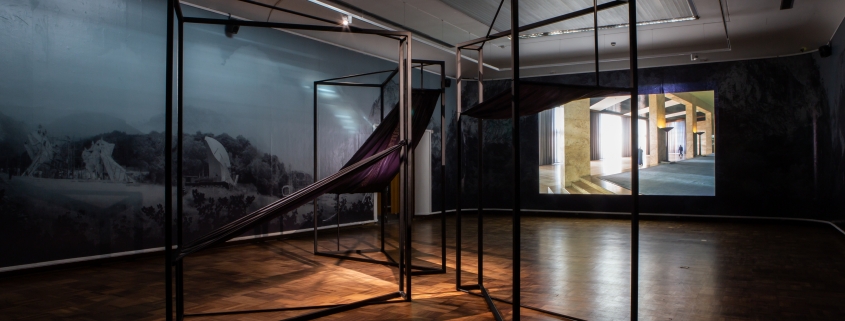




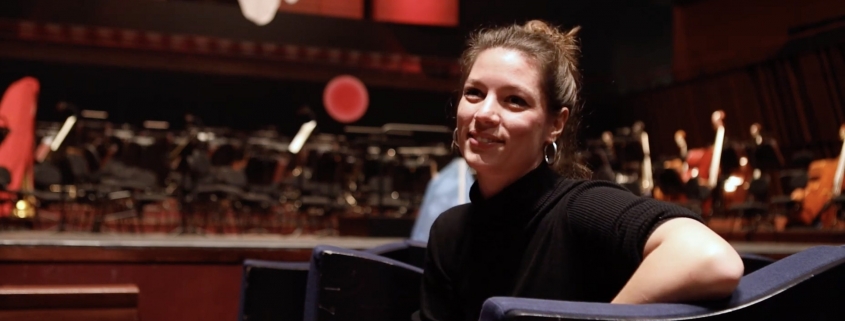














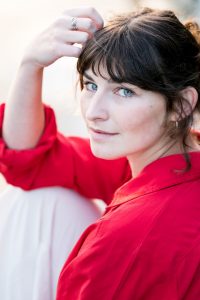








 Lou begann im Alter von 5 Jahren in ihrer Heimatstadt zu tanzen. Im Jahr 2012 schloss sie sich dem Ballet Junior de Genève an, wo sie Werke von renommierten Choreografen wie Andonis Foniadakis oder Hofesh Schechter tanzte. 2016 schloss sie sich dem Kamea Dance Cie in Israel an, wo sie unter anderem Werke des Regisseurs Tamir Ginz, aber auch von Nacho Duato und Marco Goecke tanzte. Seit 2020 ist sie als Gasttänzerin am Grand Théâtre de Genève engagiert und arbeitet seitdem als freischaffende Tänzerin.
Lou begann im Alter von 5 Jahren in ihrer Heimatstadt zu tanzen. Im Jahr 2012 schloss sie sich dem Ballet Junior de Genève an, wo sie Werke von renommierten Choreografen wie Andonis Foniadakis oder Hofesh Schechter tanzte. 2016 schloss sie sich dem Kamea Dance Cie in Israel an, wo sie unter anderem Werke des Regisseurs Tamir Ginz, aber auch von Nacho Duato und Marco Goecke tanzte. Seit 2020 ist sie als Gasttänzerin am Grand Théâtre de Genève engagiert und arbeitet seitdem als freischaffende Tänzerin.
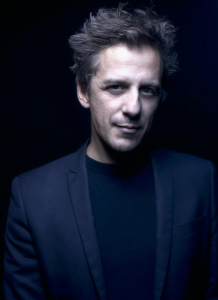
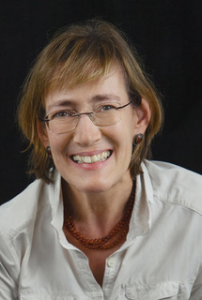
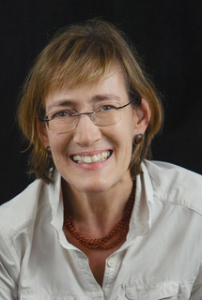
 Johanna Schmitt
Johanna Schmitt Johanna Schmitt
Johanna Schmitt





